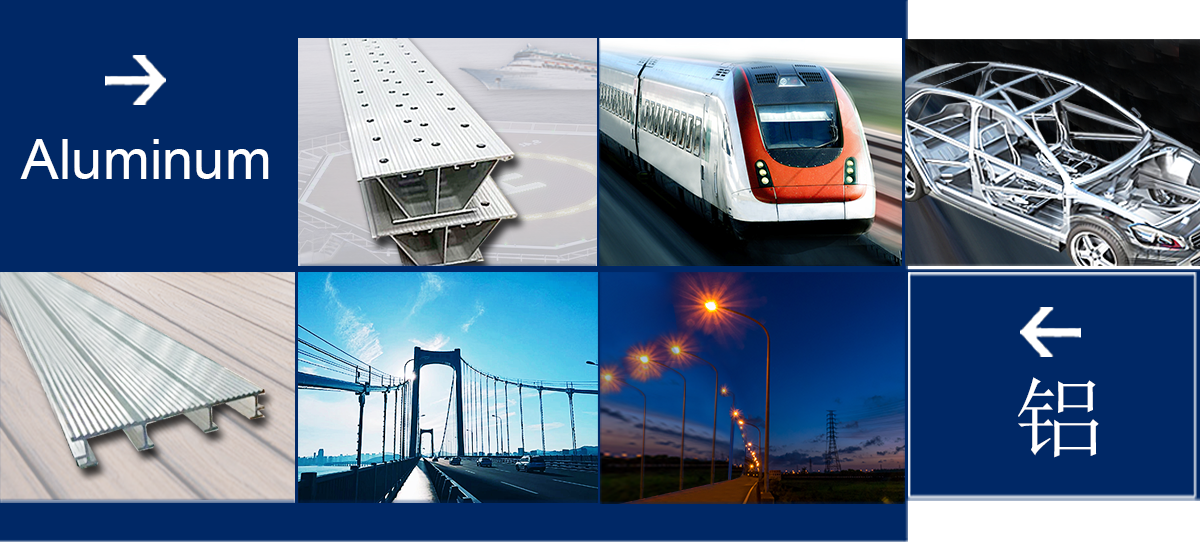Welcome to Zhongjda Industry
Toggle Navigation

Aluminum is an abundant and environmentally friendly metal that has sundry benefits and applications. It is lightweight, durable, and malleable. Aluminum does not lose any of its strength when there are sudden temperature drops. Unlike other metals, its strength increases in cold temperatures. Aluminum is resilient, and many industries rely on aluminum because of its versatility. The automotive, aerospace, aircraft, and marine industries frequently use aluminum extrusions to build state-of-the-art vehicles. Even everyday household items, including pop cans and picture frames, are aluminum based. The industries that most commonly use aluminum extrusion products are the transportation, beverage and other packaging, and building and construction industries.
According to The Aluminum Association, aluminum dominated the transportation industry for twenty years until 2009. In 2009, the automotive industry took a massive hit in North America, and there was a significant decrease in aluminum shipments. Only 4.2 billion pounds of aluminum was shipped that year. However, the light vehicle market continues to hold aluminum extrusion in high esteem. Aluminum applications in the automotive industry include components for wheels, breaks, engines, and body panels. According to Drive Aluminum, response time, acceleration speed, brake distance, and precision control are optimal when aluminum is used to build cars. The Acura NSX and Ferrari 458 Italia are both aluminum-based cars and are very safe because they are excellent at absorbing energy.
For over 100 years, aluminum has been used in the marine transportation industry. Aluminum is a non-corrosive metal, making it ideal for seaworthy applications. Aluminum-based ships can be small or large, as size does not affect their overall stability. Similar to cars, aluminum-based ships respond and handle better in the water than vessels constructed from other metals. Aluminum complies with The High Speed Code of the International Maritime Organization, which also recognizes the benefits of aluminum.
Even NASA uses aluminum in many of its aerospace vehicles. The International Space Station (ISS) has aluminum extrusion components. Curiosity, the rover currently on Mars, has wheels made with aluminum. The Mars Atmosphere and Volatile EvolutioN (MAVEN) spacecraft is scheduled to reach Mars by September 2014. According to S-Bond Technologies, the aluminum honeycomb used in the construction of the aircraft was combined with graphite composites to help MAVEN defy six times the force of gravity.
According to The Aluminum Association, the packaging industry replaced the automotive industry in aluminum application usage. Aluminum shipments for the packaging industry have reached 4.37 billion pounds. Aluminum is a favourite in the packaging industry because it is not affected by naturally occurring resources that can damage other products, including water and light. Aluminum is used for many everyday household products, including pop cans and bottles. Shipping costs are also low because aluminum is such a lightweight metal.
The third largest use for aluminum applications is the building and construction industry. Commercial and residential buildings use aluminum applications for frames, siding, and roofing. It is a great metal for the building and construction industry because it is cost-effective and requires less maintenance than other metals.